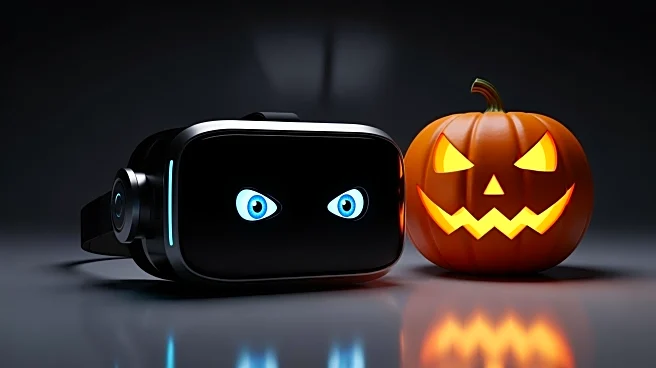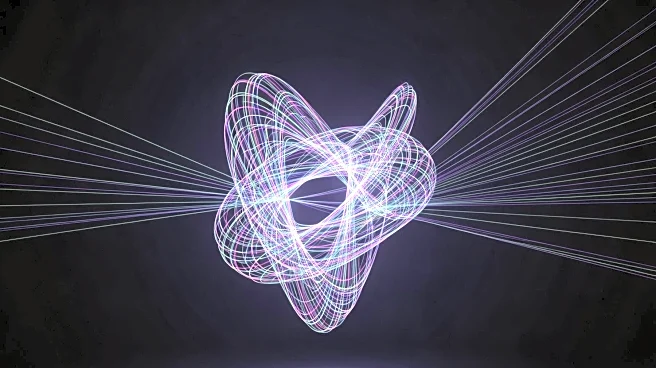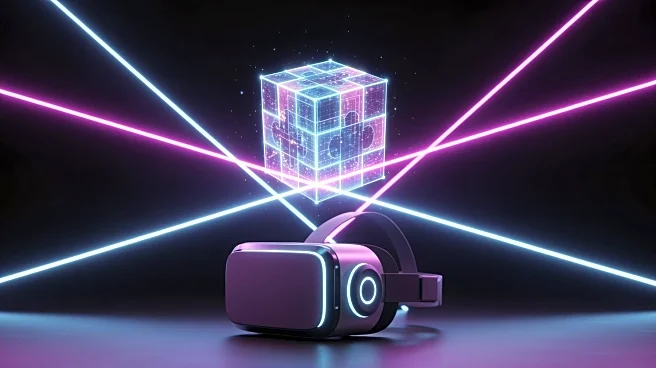What's Happening?
Laser Dance, developed by Thomas Van Bouwel and published by Creature, is set to launch in early access on November 6th for Quest 3 and Quest 3S. This mixed reality game transforms players' living rooms into laser-filled obstacle courses, requiring them
to navigate through beams projected from walls and floors. The game adapts to the size and layout of individual rooms and includes accessibility settings to accommodate various mobility levels. At launch, Laser Dance will feature 18 levels across three stages, each introducing new laser types. Players can unlock challenges that modify previously completed levels, enhancing replayability.
Why It's Important?
The release of Laser Dance on Quest 3 highlights the growing trend of mixed reality gaming, which integrates physical environments into digital experiences. This development is significant for the gaming industry as it pushes the boundaries of immersive gameplay, offering players a unique way to interact with their surroundings. The game's adaptability to different room sizes and mobility levels also underscores the importance of accessibility in gaming, potentially broadening its appeal to a wider audience. As mixed reality technology advances, it could lead to more innovative applications in entertainment and beyond.
What's Next?
With the early access launch of Laser Dance, players can expect ongoing updates and enhancements as developers gather feedback and refine the game. The success of Laser Dance could encourage other developers to explore mixed reality gaming, potentially leading to a surge in similar titles. As the technology becomes more mainstream, it may also attract interest from other sectors, such as education and training, where immersive environments can offer practical benefits. The gaming community will likely watch closely to see how Laser Dance performs and influences future developments in mixed reality.
Beyond the Headlines
Laser Dance's approach to mixed reality gaming raises questions about the future of interactive entertainment and its impact on traditional gaming experiences. By incorporating physical spaces into gameplay, it challenges conventional notions of virtual reality and could lead to new forms of storytelling and engagement. Additionally, the emphasis on accessibility highlights ongoing efforts to make gaming more inclusive, which could have broader implications for how games are designed and marketed. As mixed reality technology evolves, it may also prompt discussions about privacy and the use of personal spaces in digital experiences.













